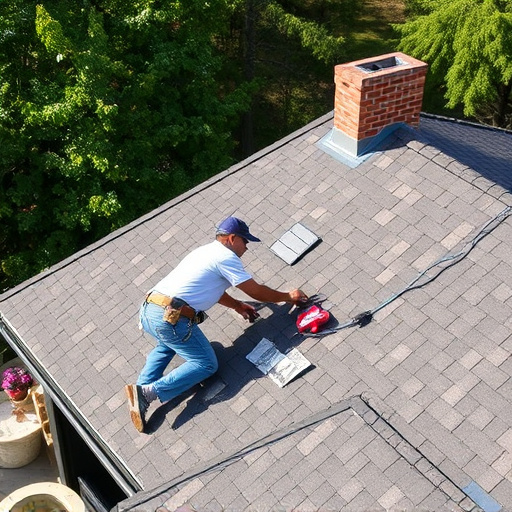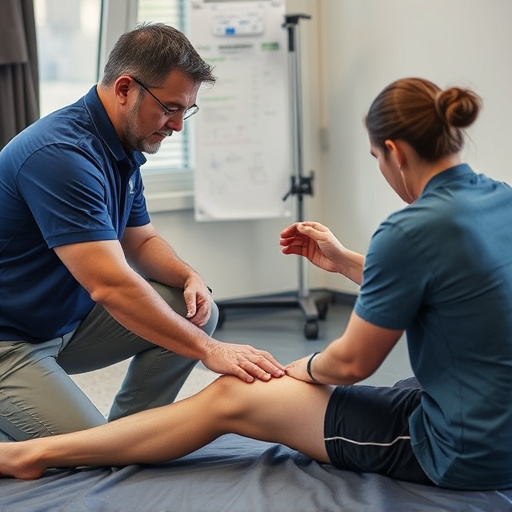The global pandemic forced a shift to remote work for government employees, highlighting the need for government employee care. Governments responded by implementing virtual wellness programs, promoting ergonomic setups, and introducing personalized treatment plans to combat issues like prolonged sitting and limited access to support services. This crisis accelerated digital transformation in government employee care, with online platforms enhancing access to healthcare services, including telemedicine, thereby improving support for remote workers' health and well-being.
COVID-19 significantly reshaped the way governments support their employees, ushering in a new era of government employee care. The global pandemic forced remote work to become the new normal, necessitating robust digital transformation for effective employee care and support. This article explores these shifts, focusing on how remote work policies evolved, health and safety measures were enhanced, and digital tools revolutionized access to government employee care services. By examining these changes, we gain insight into a more resilient and adaptable approach to supporting public servants.
- Remote Work: A New Normal for Government Employees
- Health and Safety Measures: Enhanced Protocols Emerge
- Digital Transformation: Improving Access to Support Services
Remote Work: A New Normal for Government Employees

The global pandemic forced a rapid transition to remote work for government employees, reshaping the traditional work landscape. This new normal presented both challenges and opportunities in government employee care. As civil servants adapted to working from home, ensuring their well-being became even more critical. The absence of a physical workspace introduced unique issues, such as prolonged sitting and lack of access to on-site support services commonly found in offices.
This shift highlighted the importance of personalized treatment plans for managing common workplace ailments, including joint pain relief and whiplash treatment. With limited face-to-face interactions, creative solutions were needed to maintain employee health. Governments had to reevaluate their strategies, focusing on virtual wellness programs and offering resources for ergonomic setups to mitigate the negative impacts of remote work on government employees’ long-term health.
Health and Safety Measures: Enhanced Protocols Emerge

The onset of COVID-19 brought about unprecedented challenges worldwide, and governments were quick to adapt their strategies to protect public health. This global health crisis prompted a significant shift in how organizations, including governments, approached government employee care. With a focus on minimizing transmission, various health and safety measures were implemented, leading to the emergence of enhanced protocols for wellness care within government institutions.
One notable change was the increased emphasis on preventive measures such as mandatory mask-wearing, social distancing guidelines, and frequent hand sanitation. Additionally, many governments introduced novel solutions like shockwave therapy for pain management and therapeutic exercises to promote employee well-being while adhering to safety protocols. These adaptations aimed to create a safer work environment, ensuring government employees could continue their vital services without compromising their health.
Digital Transformation: Improving Access to Support Services

The COVID-19 pandemic acted as a catalyst for digital transformation across industries, and government employee care is no exception. With offices closing and employees transitioning to remote work, many governments accelerated their adoption of digital tools to ensure continuous support for their workforce. This shift brought about significant improvements in access to support services, particularly for those dealing with health issues or injuries.
Online platforms now facilitate easier connections between government employees and healthcare professionals, including specialists like chiropractors. For instance, telemedicine services enable employees to receive post-injury care, such as chiropractic treatment, remotely. This not only ensures timely access to necessary treatments but also promotes a safer work environment by reducing in-person interactions during the ongoing public health crisis.
COVID-19 forced governments worldwide to adapt their approach to government employee care, pushing remote work, health safety measures, and digital transformation to the forefront. As we navigate a new normal, these changes have set higher standards for government employee care, ensuring better access to support services while prioritizing well-being in the workplace. This pandemic has been a catalyst for innovation, reshaping how governments care for their employees moving forward.














